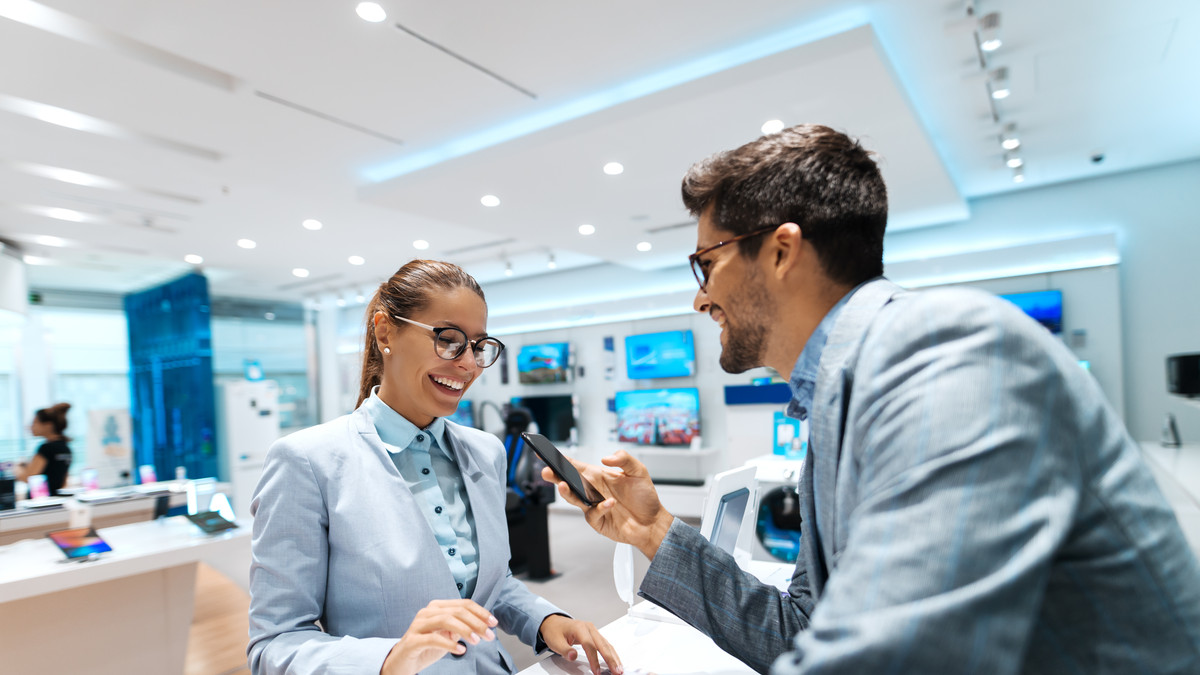As Amazon approaches nearly a quarter century of retail disruption, the long-term implications of e-tailing are coming increasingly into focus. The ease at which we order and receive items in the comfort of our homes has led to what many brick and mortar stores are calling the retail apocalypse.
In fact, over 12,000 physical stores have closed since 2008 while as many as 75,000 more are predicted to shutter by 2026. As online fulfillment becomes faster and more convenient, brick-and-mortar locations seem to find themselves short on resources and long on overhead. “Doomed,” some would say.
Or are they?
Brick-and-mortars retain one thing that online will never have: They are actual locations … places for people to visit. In short, they are destinations … or at least they can be.
You see, another trend is being clocked among today’s consumers: the preference toward experiences over possessions, stories to tell over objects to hold, memories over, well … stuff.
Enter the rise of experiential technologies in retail. Companies have begun to capitalize on all the emerging tech buzzwords: AR/VR/XR, projection mapping, holograms, wayfinding, Instagrammable moments, giant LED architecture, gesture control, and motion and facial tracking to provide one-of-a-kind experiences that amaze and delight, help users find the exact right product or customization they seek, entertain, and deepen the customer/brand relationship.
It seems that not only do the gods of technology taketh away from retail, but they also giveth.
Atmosphere
Retail locations are using giant LEDs, video walls, and projection mapping to change the way customers interact and regard the environment. Original content on larger-than-life screens can entertain, reinforce brand messaging, and create stimulating environments light years from the screen scrolling and point and click of online shopping.
Wayfinding
Technology can use your smartphone camera and augmented reality to create a living map that allows you to follow a line, or digital avatar, to the exact location on the shelf of your product.
Digital LED floors guide and inform patrons and can come alive with motion or touch sensing. The same floor can make recommendations and give you a more complete shopping experience.
Entertainment
In-store games, interactive kiosks, photo ops, gamification, etc., can all bring a level of engagement that keeps them coming back. For example, Kraft used projection mapping and motion tracking to create a floor of interactive pasta where consumers could send macaroni flying with hand swipes, kicks, and jumps. With such a unique incentive, you’d better believe that kids suddenly were interested in going to the grocery store with Mom.
More complete shopping experience
Many retailers are finding out how to use technology to create a more complete shopper experience. Trek, for example, uses AR and slow-motion capture technology to create a bike-fitting application that gives accurate data on bike sizes and the types of adjustments users need to make on their bike to have a safer, more efficient, and more comfortable bike ride — all in mere moments.
Evinrude, a world-class boat-engine manufacturer, used its massive 600-pound flagship engine as an AR tool so that consumers could look at the engine through a tablet and customize a look from over 400 different panels that they could then take a picture with and have their own self-generated sales collateral.
Analytics and data collection
When it comes to knowing what people are looking at, their dwell time, related searches, and demographic information, it’s no secret that online changed the game. Incredibly targeted ads and content are delivered to a person based upon his or her online behavior. However, object tracking, emotion recognition, gaze tracking, RFID, Wi-Fi tracking, and pressure sensitive floors are bringing that level of granular insight to merchandising floors. Creating experiences that require users to sign in can track users across touch points as part of a broader data set that gives businesses insight on how to merge the online and offline behaviors of their customers.
Social sharing
Unique, not-to-be-found-anywhere-else, Instagrammable moments are at a premium in this modern world of selfies and shared Snapchat stories. Creating custom backdrops, events, and photo-ops allow for users to organically share and become brand advocates by simply posting. It is a perfect way to then give the physical experience a digital presence to garner organic impressions.
Limited, one-of-a-kind shareable moments have a way of drawing the FOMO out in all of us. Pandora radio provides a quintessential example of the type of photo-op people will wait in line for. Users answered a series of questions that formed a one-of-a-kind projection mapped backdrop that they could grab a personalized selfie that touted both their uniqueness and the uniqueness of the brand.
It has been said that problems are merely opportunities in disguise. It is this “head West” mentality that is often missing from the all the “sky is falling,” “retail is circling the drain” rhetoric we hear. After all, as the moniker “retail apocalypse” would imply, retailers are fighting for their lives, and that sort of necessity breeds innovation.
This article was written by Mark Matthews from Retail Customer Experience. News Features and was legally licensed through the NewsCred publisher network. Please direct all licensing questions to legal@newscred.com.
![]()



